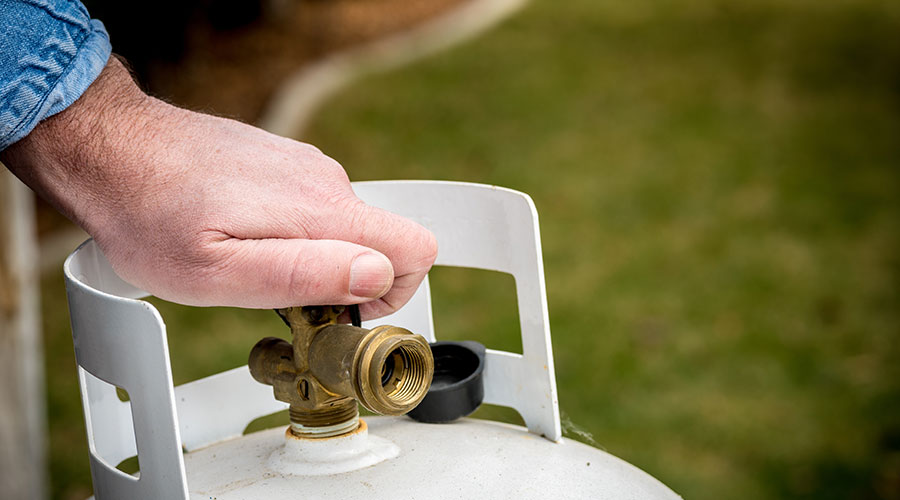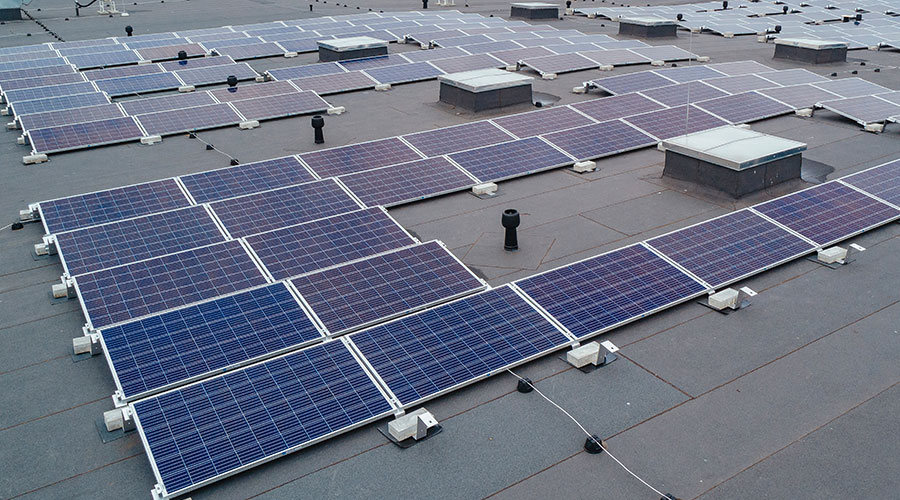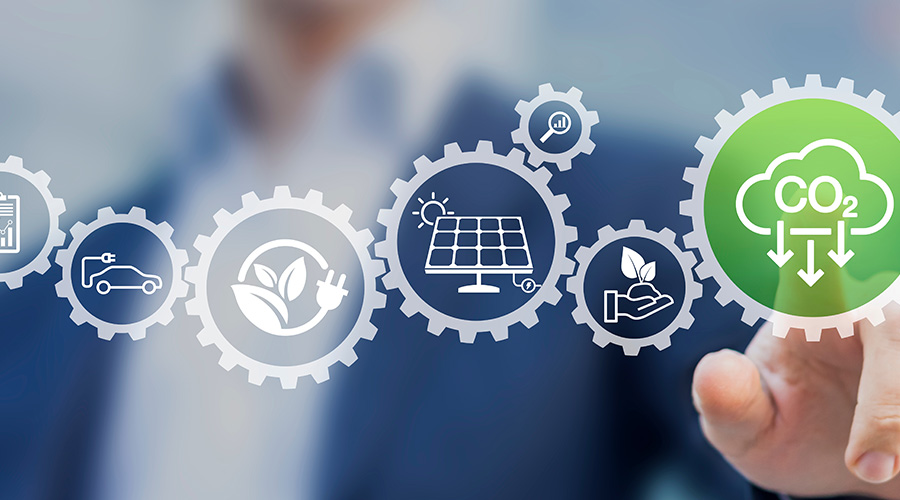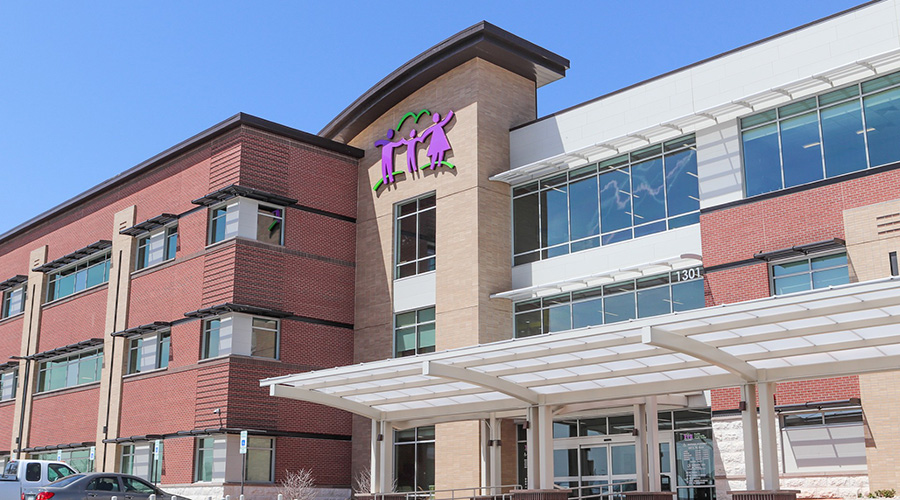Renewable Energy: Myths and Misconceptions
Misinformation at times has blocked building owners from specifying and deploying renewable energy technologies in institutional and commercial facilities.
By Dan Hounsell, Senior Editor
Renewable energy technologies have become more popular in recent years as cleaner and more sustainable alternatives to fossil fuels. Every technology has advantages and disadvantages, and alternative technologies must provide overwhelming advantages over current technologies.
Renewable energy is no different. The advantages of renewable energy have been demonstrated and have earned significant momentum over the past decade. These include upside in terms of technical improvements, economics and finance, resource availability, and human health.
But as with any emerging technology, renewable energy has been the subject of myths and misconceptions among building owners and facility executives that at times have blocked specification and installation in institutional and commercial facilities.
Understanding options
The transition to renewable energy has not come without challenges, but the benefits far outweigh the drawbacks, and a growing number of owners and executives have embraced the transition.
“The transition to renewables is healthy, and currently I’d categorize it as cautiously optimistic,” says Matt Higgins, lead energy and utility consultant with Henderson Engineers. “Institutional facilities are further along because they own their buildings, often for longer than 20 years.” Acceptance in these facilities has been aided by design standards that can support a renewable energy system, as well as in-house subject matter experts who can weigh in on how a technology might impact their facilities, Higgins says.
“There’s also help from energy codes,” he says. “Some of our codes now require solar and have been for a couple of years in California, but in other parts of the country that’s helping. Even with some of the tax credits expiring, modules will now last healthfully over 20 years, and they have bankable warranties that will support that.”
Brian Rappaport, executive vice president, energy advisory, at JLL, says distributed energy resources (DER) and microgrids, such as onsite solar power and battery storage, are increasingly finding their way into facilities and can help businesses achieve energy management goals.
“These facilities can be paired with active energy management systems that can optimize these resources, such as net-metering and demand response, serving as virtual power plants and providing energy and stability to the grid,” Rappaport says. “To boost resiliency and support 24/7 loads, rooftop solar and battery storage can be paired with other forms of onsite dispatchable power generation.”
Higgins says one renewable energy technology has drawn a great deal of attention recently from institutional and commercial facilities — battery energy storage systems (BESS).
“They’re more closely aligned with how we think about a battery in a flashlight or in home electronics that will last a given duration and provide a given amount of power output,” he says. “Generally, they’re a two- to four-hour solution, so you’re not going to get a day’s worth of power out of them.
“In the commercial sector, we’re seeing a lot more installation for folks who are saying, ‘I’m going to put in that battery system because I want to move my peak demand to a different part of the day or bank my solar energy and then discharge it when the sun is down or going down.’ ”
Money myths
Among the most prevalent myths surrounding renewable energy technologies involve cost considerations.
“When tax credits at the federal level were really healthy, (cost) wasn’t as big a concern,” Higgins says. “But now that we’re seeing those wane a little bit, some of our projects are starting to ask, ‘Can we get cash flow like we used to on a solar-only project, or do we need to combine it with storage?’
“The first cost is a little bit higher, but storage will not only still be eligible for tax credits. They also help you with the most expensive part of your utility bill, which is your demand charge. While the first cost of solar has come down significantly — the cost per Watt has dropped really fast in the last several years, making it much more attainable — that payback has now lengthened on solar-only projects.”
Despite ongoing economic uncertainty since the beginning of the year, renewable technologies have continued to draw interest from owners and executives.
“Renewables, storage and DER costs have fallen sharply, with access to financing proving resilient in the backdrop of tariff and supply-chain uncertainties and policies that support clean energy investments,” Rappaport says. “Businesses have pledged to reduce emissions as part of their ESG goals, while states have also adopted programs to support clean energy investments and reduce costs, such as renewables, investment tax credits, state renewable portfolio standards, carbon-pricing programs, (electric vehicle) rebates, demand response and other energy efficiency measures.”
Availability and reliability questions
Renewable energy technologies also are hampered by ongoing questions related to the availability of renewable energy for facilities.
“On a stand-alone basis, renewable energy sources are intermittent and can’t serve loads that require 24/7 power,” Rappaport says. “In reality, these issues are addressed with a combination of energy storage, active energy management solutions and diversity in energy supply. This includes pairing renewables with other sources of power generation that can operate on a dispatchable basis, balancing the intermittency of renewables while reducing the amount of energy storage required onsite.”
Higgins points to an ongoing misconception that facilities will not be able to get as much production or energy out of a system unless they are in the West or the Southwest United States or Florida.
“That is becoming less true,” he says. “There is a type of module on the market right now that is a bifacial module, which will generate electricity on the top and the bottom side if you have a reflective surface that the module is sitting over. You’re able to do things with technology to bridge the gap that 10 years ago, a standalone commodity panel couldn’t do, and we’re beyond that.
“There are many locations in the Midwest and on the East Coast that we’re working on where solar is part of the conversation, and we’re very confident that it’s going to perform well.”
Owners and executives also raise questions about system reliability when it comes to committing financial resources.
“The big one is, ‘I’m going to buy this big system for a couple million dollars or however much it costs, but it’s not going to last 20 years. It’ll be in the sun all day, it’s going to crack and warp, and the sun is going to degrade it. Hail is going to degrade it, and they won’t even make it through the warranty. I’m going to be replacing my panels before the warranty’s even over,’” Higgins says. “That’s not the case. There are many instances where these modules are lasting their warranty period and beyond and still producing energy.”
More misconceptions
While cost and reliability are likely to remain topics of debate for owners and executives, they are hardly the only areas of renewable energy discussions that are fostering myths and misconceptions. Higgins points to the myth that “all batteries are going to catch fire.”
“There have been a couple of battery fires that have been tragic and very disconcerting for the industry, but the root cause has been found in those instances, and there was a shortcoming either in the design or the manufacturing that the industry is learning from,” he says. “Again, it’s less than 1 percent of the time that that happened. Just like anything else, like the advent of the automobile, I’m sure there were fires and things that happened in the early days of the automobile. There are ways that our industry is learning.”
Rappaport says another myth involves the impact of renewable energy technologies on the nation’s electric grid, and the truth about that impact actually offers hopeful news for owners concerned about the long-term future the grid’s reliability and performance.
“Investing in renewables will not destabilize grids but can’t solely be relied on as a primary source of electricity,” he says. “The need to invest in energy storage and cleaner forms of dispatchable energy will be crucial to unlocking more investment in renewables and reducing the strain on our grids.
“DER and microgrids can be a flexible resource to help balance the grid and protect facilities against grid outages from climate, peak demand, and cyber attacks. In the longer term, utilities and grid operators may be able to defer capital expenditures on transmission and new power generation as more decentralized energy solutions are added, making our grids more efficient and durable.”
Dan Hounsell is senior editor for the facilities market. He has more than 30 years of experience writing about facilities maintenance, engineering and management.
Related Topics:












